renewables
Latest
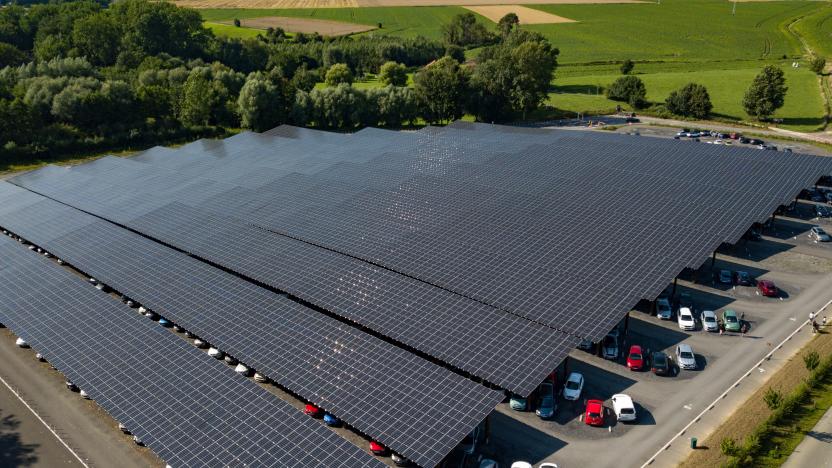
New French law will require parking lots to install solar panels
The French Senate has approved a bill that should increase that markedly, requiring parking lots with a minimum of 80 spaces to be covered by solar panels,

Germany's incoming government wants to end coal use by 2030
Germany plans to phase out coal use by 2030, eight years earlier than previously planned, as part of its latest climate pledge.
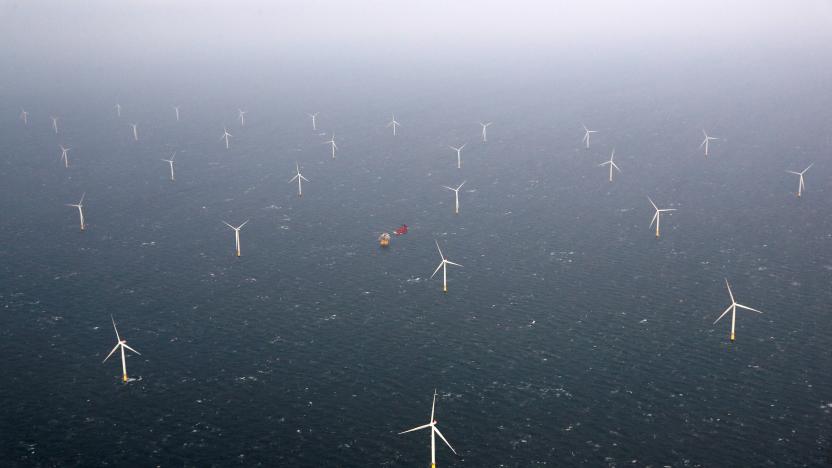
Europe created more energy from renewables than fossil fuels last year
Europe is slowly reducing its dependancy on fossil fuels. A report co-published by Ember and Agora Energiewende, two think tanks focused on clean energy, has revealed that the continent generated more electricity from renewables than fossil fuels in 2020.

The UK wants to power all homes with offshore wind by 2030
The UK government has promised once again to make a massive investment in offshore wind energy. Speaking at the Conservative party conference, UK Prime Minister Boris Johnson said the renewable would power every home in England, Scotland, Wales and Northern Ireland by 2030. To meet that goal, the UK will need to generate at least 40GW of energy from offshore wind.
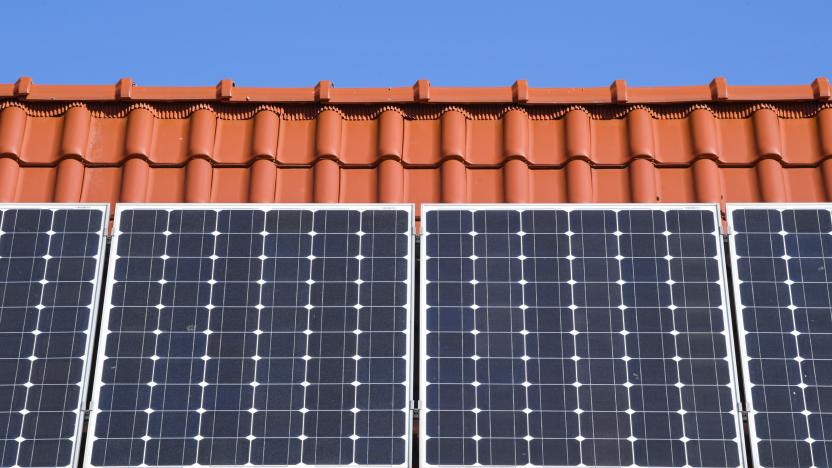
Clear skies and social distancing help Europe shatter solar energy records
The coronavirus pandemic is helping multiple countries in Europe set new records for solar energy generation. Production in the UK peaked at 9.68 gigawatts on Monday, according to a tracker developed by The University of Sheffield in collaboration with the National Grid.
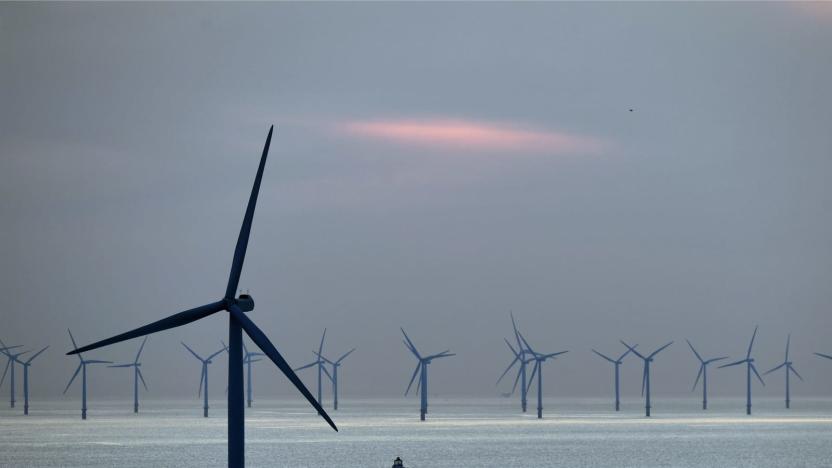
The UK likely got more power from renewables than fossil fuels last quarter
The UK generated more power from renewable sources than from fossil fuels in the third quarter of 2019. This is the first time that's happened since the UK opened its first public electricity-generating station in 1882. The findings, revealed in an analysis by Carbon Brief, speak to progress the country has made in transforming its electricity system over the past decade.
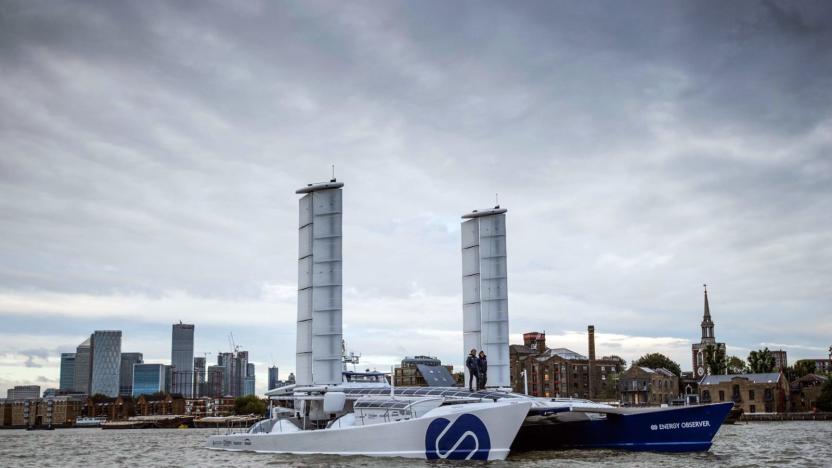
The Energy Observer is a boat that makes its fuel out of seawater
Energy Observer is a vessel powered only by energy that it generates itself, be it the onboard solar panels, wind turbines or a hydrogen fuel cell. It's a floating laboratory, PR stunt and clean-energy evangelist all at once, showing how the future of transportation could be. Halfway through its six-year journey around the world, the vessel stopped in London so we could learn what's happened since its voyage started.
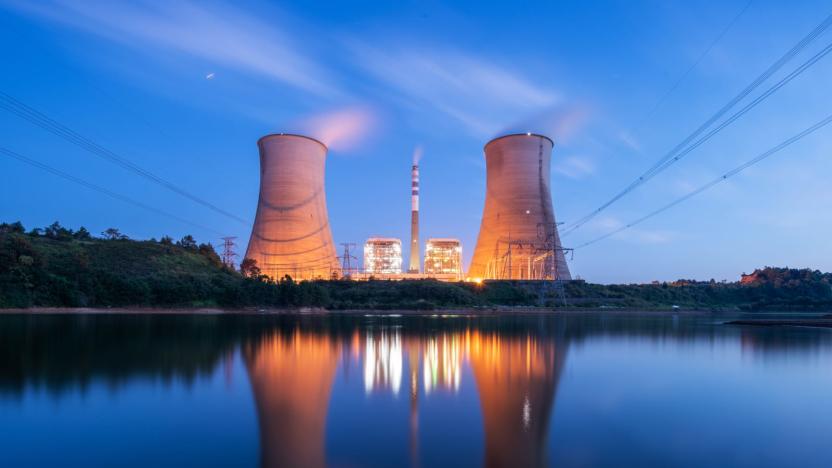
Is it time we gave nuclear power another chance?
350 parts per million. That's the figure scientists agree is the "safe" upper limit of carbon dioxide in our atmosphere. Beyond that point, it's increasingly likely that our planet will become inhospitable for the humans that cling to its surface. Crops will fail, sea levels will rise and millions, if not billions, will die in catastrophic weather events. The National Oceanic and Atmospheric Administration's Mauna Loa Observatory reports that levels have now reached 409.9 parts per million.
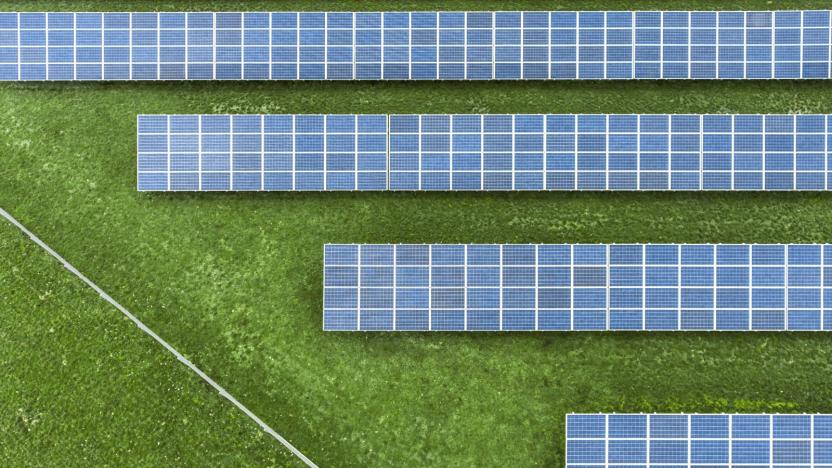
Renewable energy is on the rise, but so is demand for fossil fuels
Recent reports from major climate organizations are painting a very mixed picture for the future of global energy use. The International Renewable Energy Agency (IRENA) says that renewable energy now forms one-third of the world's total energy capacity -- its highest level ever -- but at the same time, the International Energy Agency (IEA) reports that energy demand is growing at the fastest pace this decade, and fossil fuels are leading the charge.

Investment in renewable energy drops as fossil fuel use rises
Global investment in renewable energy is on the decline, according to the International Energy Agency (IEA). The energy watchdog says there's a significant contradiction between the statements governments make regarding their attitudes to renewables, and the tangible action being taken. Investment fell by seven percent to $318bn last year.

'Proton' battery uses cheap carbon instead of lithium
A big challenge for the EV and renewable energy revolution is that the much-needed batteries are made from lithium, a relatively rare and pricey metal. Rather than focusing on other metals like magnesium, a team of scientists from RMIT University in Melbourne have figured it out to build rechargeable "proton" batteries from abundant carbon and water. If commercialized, the technology could allow for cheaper Powerwall-type home or grid storage to back up solar panels or windmills.

What is the future of Puerto Rico’s energy grid?
Delivering power to the inhabitants of a small island is a very different challenge to the sort found in other places. Resource poverty can mean that vital supplies need to be brought in, either by air or sea, purchased at a premium. The environment often offers its own bundle of problems, including the fact that the prevalence of salt water often corrodes mechanical equipment. Fast-growing vegetation and rocky terrain can compound the issue, making power networks hard to build and maintain.

Strong winds and clear skies help set UK renewable energy record
This week saw more milestones for renewable energy after the National Grid confirmed that power from green sources supplied more than half of UK energy for the first time. On Wednesday lunchtime, power from solar, wind, hydro and biomass accounted for 50.7 percent of energy production. In another UK first, nuclear, wind and solar each generated more electricity than coal and gas combined.
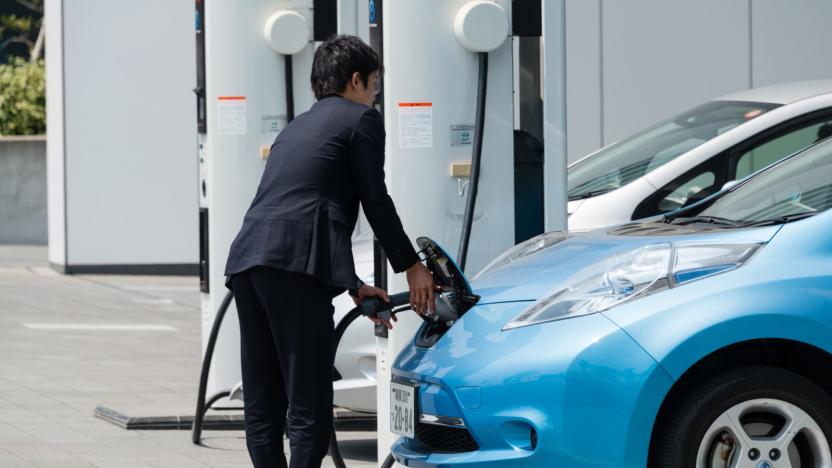
EVs are greener than ever thanks to renewable energy
Some wags will always try to claim that EVs are just as dirty as regular cars, because electricity is generated in coal-fired power stations. Except, that's not really true anymore, which is why the Union of Concerned Scientists has updated its data on how environmentally friendly electric cars are. The results won't shock you, but an EV is now about as efficient as a gas-powered car that can make 73 miles per gallon.
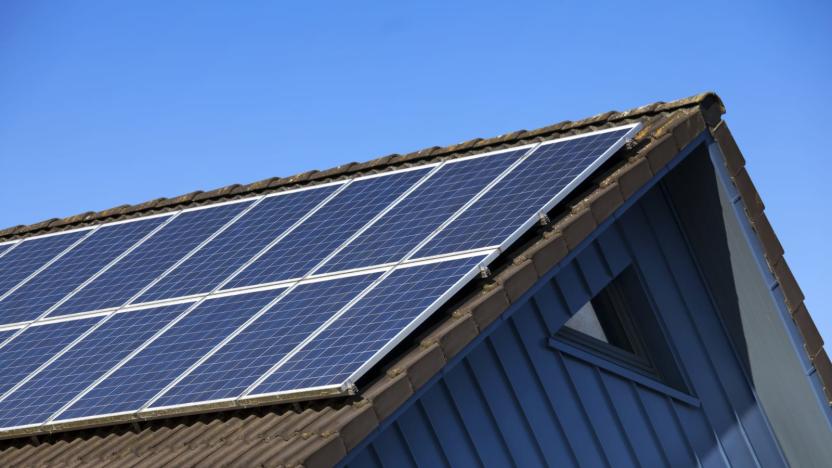
Google is helping Germans go solar
Google's Project Sunroof is a way of combining the company's mapping data with information on how much sunlight hits your home. With it, people can work out if their abode gets enough radiation for them to consider investing in solar panels. Until now, the service was limited to the US but, from today, the system is rolling out to Germans similarly curious about adopting renewables.

Apple is on a mission to only use recycled materials
With the release of its new environmental report, Apple is looking to push the envelope of what it can do for the good of the planet. Last year, it boasted about how much cash its recycling efforts had saved it, including $40 million worth of gold re-used from old devices. This year, it's talking about "closing the loop" on its use of raw materials, potentially redefining how gadgets are made altogether.

Greenpeace slams tech giants over dirty data centers
Greenpeace has published its latest report on what powers the internet, and who's working hard to keep our tweeting sustainable. The nonprofit began researching the energy consumption of the IT sector back in 2009, estimating the environmental cost of every Netflix video we watch. It describes data centers as the factories of the 21st century and wants to see companies move across to renewables to keep them going. The report puts Apple at the top of the pile for the third year running -- a far cry from when it came in last place, back in 2011.

Half of UK electricity now comes from nuclear and renewables
A record 50 percent of the UK's electricity was generated from renewables and other low carbon energy sources in the third quarter of 2016. That's up from 45.3 percent the year prior, a milestone fuelled by a sizeable increase in wind, solar and nuclear energy. A neat quarter came from renewables, including hydroelectric, while the other 25 percent was sourced from nuclear reactors. According to the UK government, the growth in green energy can be attributed, at least in part, to "improved weather conditions" across the UK, including higher wind speeds, increased rainfall and longer stretches of sunlight (though I don't remember that last one happening).

World's largest offshore wind farm to be built in the UK
When the UK government began pulling subsidies for onshore wind farms, it meant that private companies dedicated to harvesting renewable energy would no longer receive financial kickbacks when they sold their electricity to energy suppliers. The decision could have affected the UK's total wind-collecting footprint, but offshore wind farms have remained exempt, allowing companies like Dong -- Denmark's largest energy company -- to commit to new, massive installations in British waters. The company announced it is to build the world's biggest offshore wind farm in the Irish Sea, around 19 kilometres off the coast of Cumbria.

Apple renewable energy use grows from 35 to 95 percent in less than 4 years
As of today, Apple has been able to convert its corporate campuses and data centers to using 95 percent renewable energy sources for their power. According to this great article over at WIRED, in 2010 that number was at 35 percent. Apple appointed Lisa Jackson, former EPA administrator and once environmental czar for Obama, as its Vice President of Environmental Initiatives not that long ago. The company has been eager to tell the story of its environmental efforts in a hope that other companies will follow its example. Of course, Apple has the cash and savvy that most companies don't, putting it in a unique position to "think different" when it comes to its energy needs. The WIRED article is an excellent in-depth look into what Apple is doing to clean up its record on renewables, and the efforts of Jackson to help the tech industry think green as data centers become one of the larger growth areas. Those data centers can require a lot of juice, and its an area where Jackson sees an opportunity to lead innovation. Today, Apple released a video narrated by CEO Tim Cook that outlines the company's commitment to using renewable energy in its manufacturing and cloud facilities:






